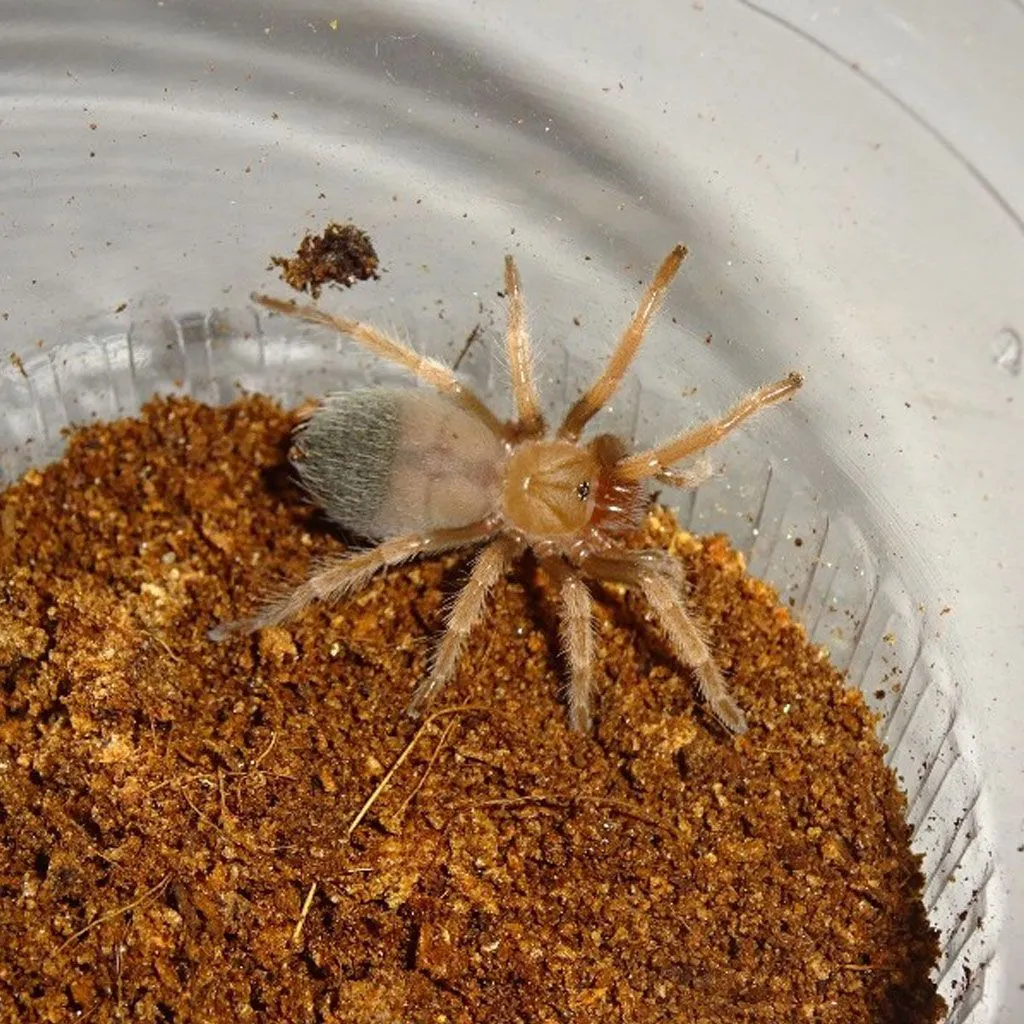Choosing the Right Fire Leg Tarantula Enclosure
Creating the perfect habitat for your Fire Leg Tarantula is crucial for its health and well-being. The enclosure acts as your tarantula’s home, providing shelter, regulating temperature and humidity, and allowing for natural behaviors like burrowing and hiding. This guide provides comprehensive instructions on selecting, setting up, and maintaining the ideal Fire Leg Tarantula enclosure, ensuring a thriving and happy pet. Careful consideration in choosing the right enclosure will contribute to your pet’s overall longevity and happiness. The aim is to mimic their natural environment as closely as possible, reducing stress and promoting a healthy lifestyle.
Enclosure Size Considerations
The size of your Fire Leg Tarantula enclosure should correspond to the size of your tarantula. As a general rule, the enclosure should be at least twice the tarantula’s leg span in width and length, and slightly taller than the tarantula’s leg span. This allows for adequate space to move around, burrow, and set up a comfortable living area. For slings (young tarantulas), a smaller enclosure is often preferred to help them find food and feel secure. As they grow, you will need to gradually upgrade to a larger enclosure. Remember to consider the adult size of your Fire Leg Tarantula when planning, as they can reach impressive sizes. Overcrowding or using enclosures that are too small can lead to stress and hinder the tarantula’s development and health.
Determining Tank Material
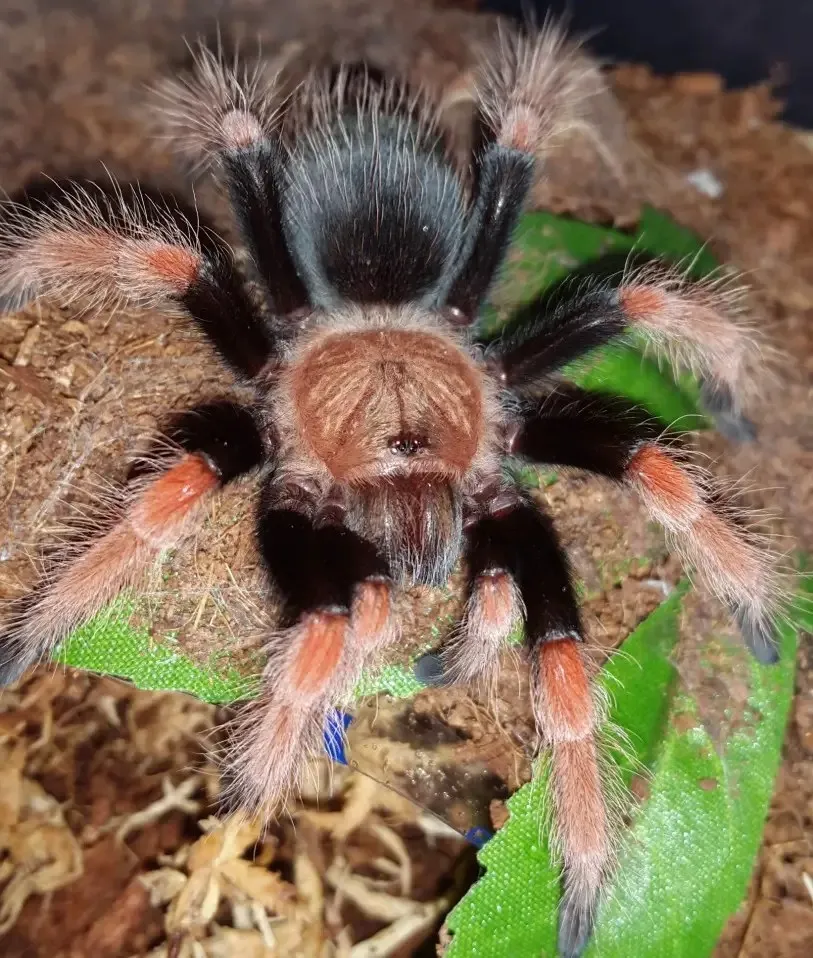
The two primary materials for Fire Leg Tarantula enclosures are glass and acrylic. Each offers advantages and disadvantages, so the best choice depends on your specific needs and preferences. Both materials should be strong enough to contain your tarantula and withstand regular use. Consider the transparency, ease of cleaning, and overall aesthetics when making your decision.
Glass Enclosures
Glass enclosures are a classic choice for tarantula habitats, often favored for their clarity and ease of viewing. Glass is also generally more scratch-resistant than acrylic and easy to clean with standard household cleaners. One of the main drawbacks of glass is its weight, and it can be prone to breaking if mishandled. Moreover, glass can sometimes be less effective at retaining heat and humidity compared to acrylic. When choosing a glass enclosure, ensure the lid is secure and well-ventilated to prevent escapes. Make sure the edges are smooth to prevent any injuries to you or your tarantula when handling.
Acrylic Enclosures
Acrylic enclosures are a popular alternative to glass. They are lighter, more durable, and offer excellent insulation properties, helping to maintain stable temperature and humidity levels. Acrylic is also less likely to shatter, making it a safer option, especially in homes with children or pets. However, acrylic can scratch more easily than glass, requiring careful cleaning to avoid surface damage. The transparency of acrylic can also be slightly less than glass. When choosing acrylic, make sure it is made from high-quality materials and has a secure, well-ventilated lid.
Ventilation is Crucial

Proper ventilation is essential for the health of your Fire Leg Tarantula. It prevents the buildup of excess humidity, which can lead to mold growth and respiratory problems. Enclosures should have ventilation holes or mesh in the lid and sometimes along the sides. Ensure the ventilation is sufficient to allow for airflow but not so large that it compromises humidity levels or allows the escape of feeder insects. The ventilation should be designed to facilitate a consistent exchange of air while preventing any drafts that could be harmful to the tarantula. Avoid placing the enclosure in direct sunlight or near heat sources, as this can also impact the ventilation and lead to overheating.
Setting Up the Fire Leg Tarantula Enclosure
Once you’ve selected the right enclosure, the next step is to set it up to create a suitable environment for your Fire Leg Tarantula. This involves selecting the correct substrate, adding decorations and hides, and ensuring the enclosure is secure and well-maintained. The setup should closely mimic the tarantula’s natural habitat, providing opportunities for hiding, burrowing, and thermoregulation. A well-designed enclosure not only meets the physical needs of the tarantula, but also enhances its mental well-being.
Substrate Selection
The substrate is the material that covers the bottom of the enclosure. It serves several crucial functions, including providing a surface for the tarantula to walk and burrow on, helping to regulate humidity, and absorbing waste. The appropriate substrate choice is important for the health of your tarantula. Avoid substrates that are toxic, dusty, or prone to mold growth. Consider the tarantula’s natural habitat when selecting your substrate, aiming to replicate its natural environment as closely as possible. The substrate’s ability to retain moisture while providing adequate ventilation is a key factor in establishing a healthy microclimate.
Types of Substrate
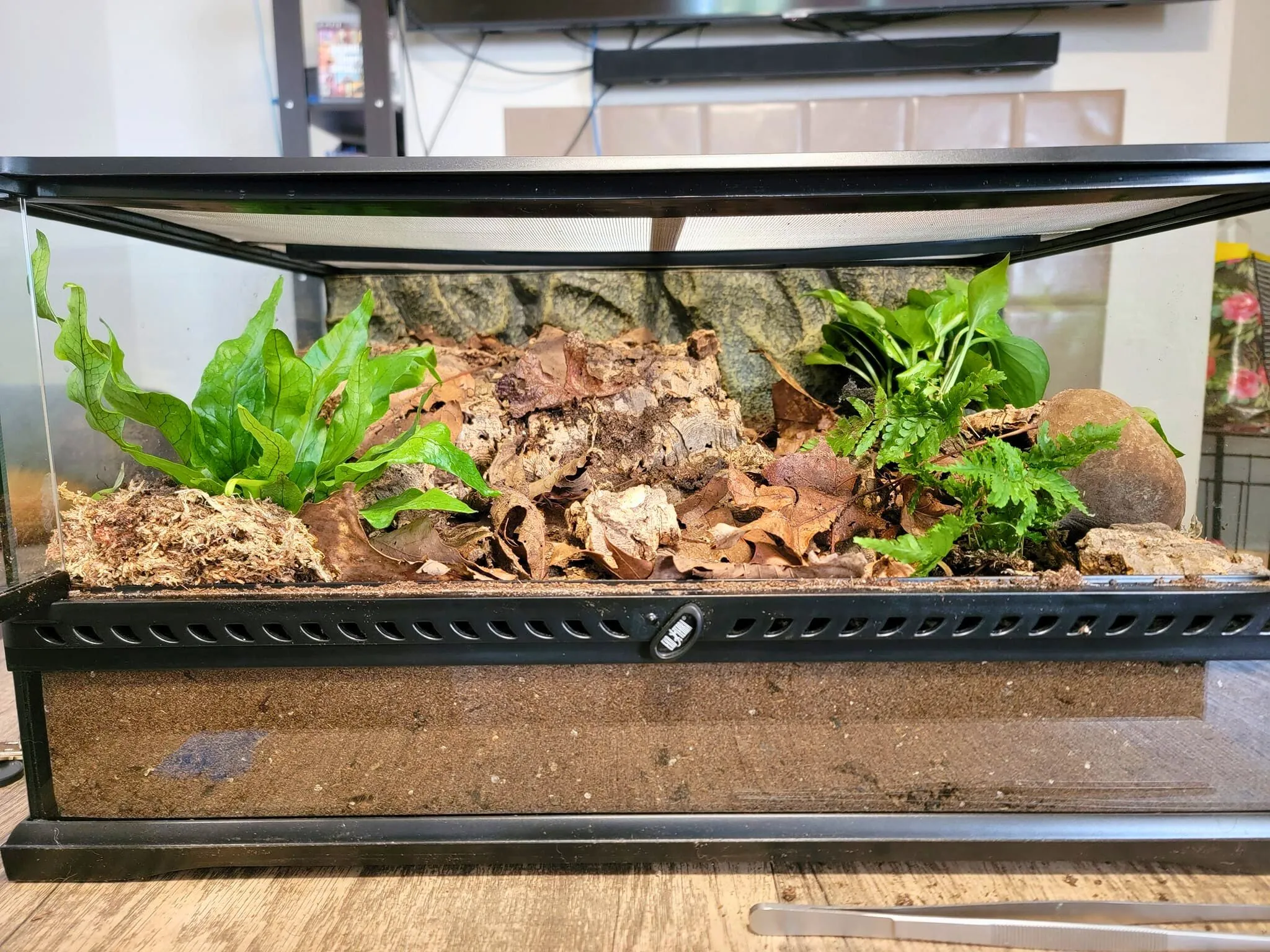
Several substrate options are suitable for Fire Leg Tarantulas. Coconut fiber is a popular choice due to its excellent moisture retention, natural appearance, and resistance to mold. Sphagnum moss can be added to specific areas for increased humidity. A mix of potting soil and sand can also work, mimicking the natural environment of some tarantula species. Avoid using substrates like cedar or pine shavings, as they can be toxic to tarantulas. Always ensure the substrate is clean and free of pesticides or chemicals before adding it to the enclosure.
Depth of Substrate
The depth of the substrate is crucial, especially for burrowing tarantulas. The depth should be sufficient to allow the tarantula to burrow comfortably, typically ranging from 4 to 6 inches, depending on the size of the tarantula and the chosen substrate. For species that don’t burrow, a depth of 2 to 3 inches is usually sufficient. Ensure the substrate is packed firmly enough to support the tarantula’s burrowing activities, but not so tightly that it restricts their movement. Monitoring the substrate’s condition and replacing it periodically is essential for maintaining a clean and healthy enclosure environment. The depth will also contribute to the enclosure’s ability to maintain optimal humidity.
Adding Decorations and Hides
Adding decorations and hides to the enclosure enriches the environment and reduces stress for your Fire Leg Tarantula. Hides provide a safe space where the tarantula can retreat and feel secure. Decorations enhance the enclosure’s aesthetic appeal and mimic the tarantula’s natural habitat, providing environmental enrichment and preventing boredom. It’s important to choose decorations that are safe, non-toxic, and appropriate for the tarantula’s size and behavior.
Importance of Hides
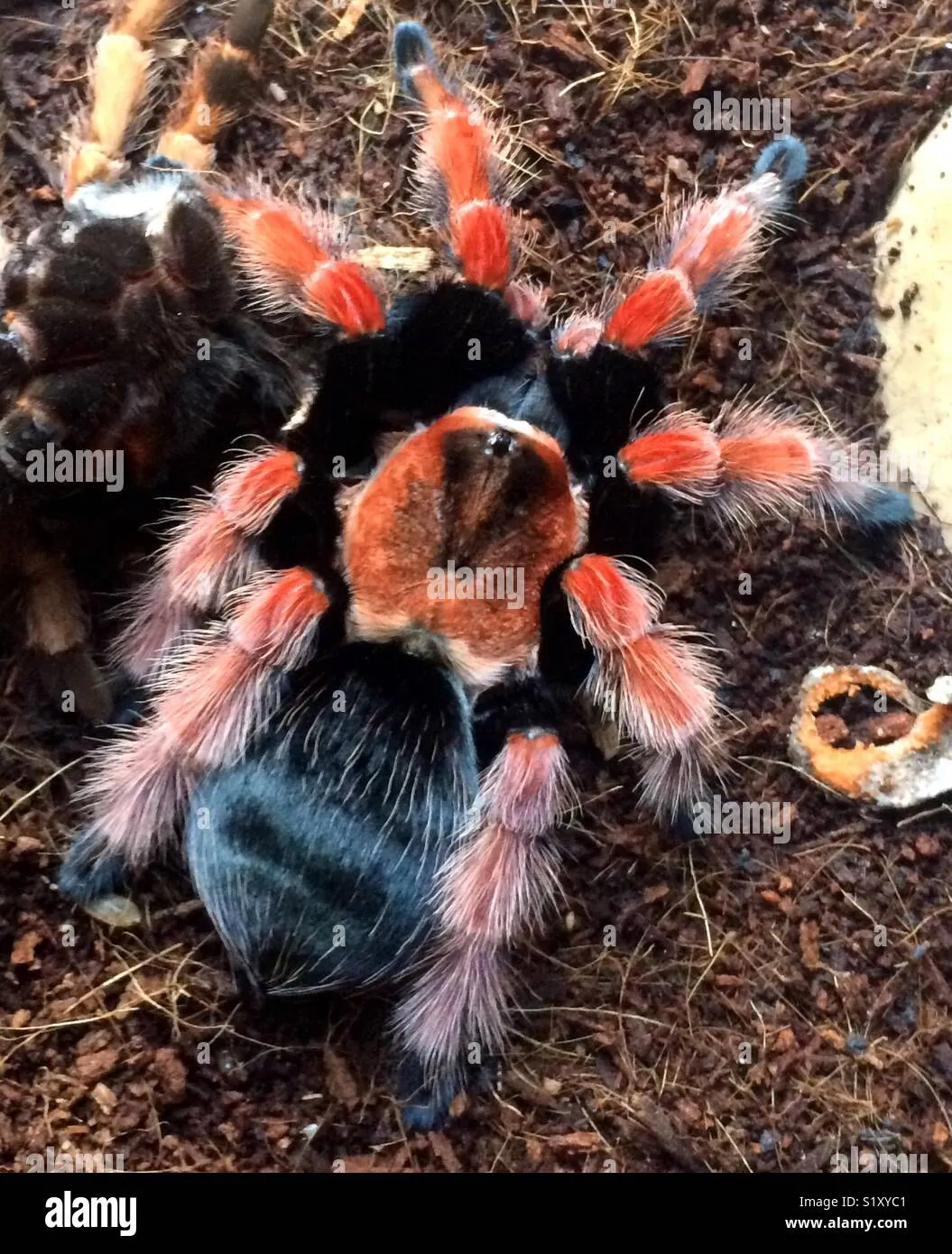
Hides are essential for the well-being of your Fire Leg Tarantula. They provide a secure retreat, reducing stress and allowing the tarantula to feel safe. Without a hide, the tarantula may feel exposed and vulnerable, leading to stress and potentially affecting its feeding habits. Hides can be made from various materials, including cork bark, half-logs, or even commercially available tarantula hides. Place the hide in a way that the tarantula can easily access it, preferably close to the substrate to facilitate burrowing. Ensure the hide is appropriately sized to provide the tarantula with adequate space without being overly spacious, which might make them feel less secure.
Appropriate Decorations
Besides hides, adding other decorations can create a more stimulating environment. Artificial plants can provide cover and create a naturalistic look, while ensuring they are non-toxic and securely placed. Driftwood or rocks can offer climbing opportunities, but be cautious to avoid sharp edges or rough surfaces that could injure the tarantula. Decorations should be arranged to provide hiding places and pathways without cluttering the enclosure. Regular cleaning of decorations is necessary to maintain a healthy environment. Remember to consider the tarantula’s natural habitat when selecting decorations to provide species-appropriate environmental enrichment.
Maintaining the Fire Leg Tarantula Enclosure
Maintaining the Fire Leg Tarantula enclosure involves carefully monitoring environmental conditions, providing proper care, and maintaining cleanliness. Regular checks of temperature, humidity, and substrate conditions are essential for ensuring your tarantula thrives. Proper maintenance will not only help keep your pet healthy but also contribute to a visually appealing and functional habitat. Consistent care will reduce stress and help you identify any health issues early on. Following a regular schedule for cleaning and maintenance will also contribute to a long and happy life for your Fire Leg Tarantula.
Monitoring Temperature and Humidity
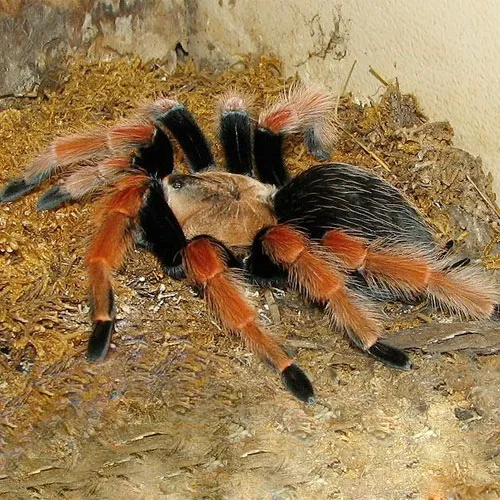
Maintaining the correct temperature and humidity levels is crucial for the health of your Fire Leg Tarantula. These environmental factors directly influence the tarantula’s metabolism, molting, and overall well-being. Regular monitoring and adjustments are necessary to ensure the conditions within the enclosure remain optimal. Using a reliable thermometer and hygrometer to track both temperature and humidity will help in creating the most appropriate environment for your pet. Temperature and humidity fluctuations can create stress, leading to problems such as loss of appetite or molting issues.
Temperature Requirements
Fire Leg Tarantulas thrive in temperatures ranging from 75 to 85 degrees Fahrenheit (24 to 29 degrees Celsius). A heat source, like a heat mat or a ceramic heat emitter, can be used to maintain the correct temperature, but it’s essential to monitor the temperature closely to prevent overheating. Always place the heat source outside the enclosure to avoid direct contact with the tarantula and any risk of burns. Ensure that the temperature gradient is maintained throughout the enclosure, providing warmer and cooler areas to allow the tarantula to thermoregulate. Avoid placing the enclosure in direct sunlight, as it can cause rapid temperature spikes.
Humidity Levels
Humidity is another critical factor in your Fire Leg Tarantula’s environment. Aim for humidity levels between 65% and 75%, which can be maintained by misting the enclosure with water, ensuring that the substrate remains slightly damp but not waterlogged. The frequency of misting depends on the ventilation and the substrate used; however, monitor the humidity levels with a hygrometer. Misting the enclosure also helps keep the air clean and reduces dust. Humidity levels should be carefully balanced with ventilation, to avoid creating environments that foster mold growth. High humidity is particularly crucial during the molting process.
Watering and Feeding
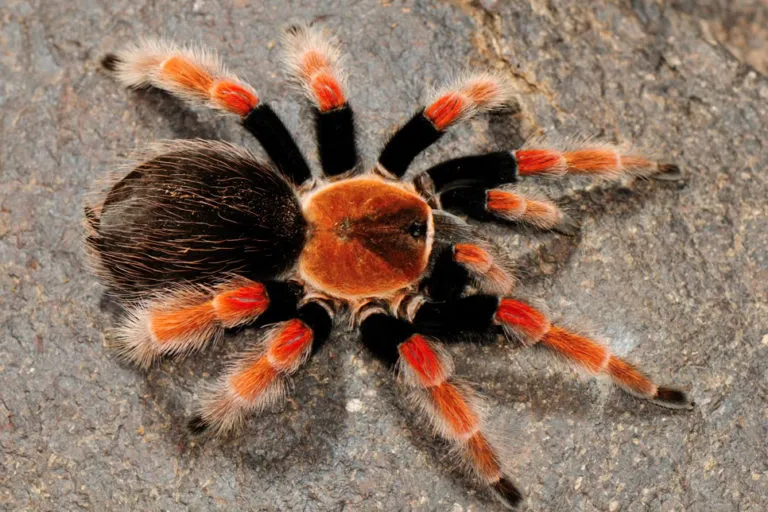
Providing fresh water and appropriate food are crucial elements of Fire Leg Tarantula care. Proper watering and feeding practices not only meet their nutritional needs, but also contribute to their overall health and vitality. Fresh food and a clean water source are essential for the tarantula’s survival. Regularly inspect the water and food to ensure they remain free of contamination and readily available for your pet.
Watering Methods
Fire Leg Tarantulas need a constant supply of fresh water. This can be provided in a shallow water dish that is sized appropriately for the tarantula. Another method is to mist the enclosure lightly, allowing the tarantula to drink the water droplets. Replace the water in the dish regularly, usually every other day, to keep it clean and prevent bacterial growth. Always use dechlorinated water, and ensure the water dish is stable and does not tip over easily. Regularly check the water dish to ensure it is clean and free of any debris.
Feeding Frequency
Feeding frequency depends on the age and size of your Fire Leg Tarantula. Young tarantulas (slings) may need to be fed more frequently, about twice a week, while adults can be fed once or twice a week. The size of the prey should be appropriate for the tarantula’s size; the general rule of thumb is to offer prey that is no larger than the tarantula’s body size. Appropriate food includes crickets, mealworms, and roaches. Remove any uneaten prey within 24 hours to prevent stress and minimize the risk of injury to the tarantula. Always provide a variety of prey items to ensure that your tarantula receives a well-balanced diet.
Cleaning and Maintenance
Regular cleaning and maintenance are essential for a healthy Fire Leg Tarantula enclosure. This involves removing waste, cleaning the enclosure, and replacing the substrate. Cleaning the enclosure not only keeps it aesthetically appealing but also helps to prevent the buildup of harmful bacteria and fungi. A clean and well-maintained environment will significantly contribute to the overall health and longevity of your pet. Establishing a regular cleaning schedule will make the process easier, and will contribute to a healthy living environment for your tarantula.
Waste Removal
Remove any uneaten food and waste products, such as molted exoskeletons, regularly. This is best done using long tweezers to avoid disturbing the tarantula. Removing waste prevents the buildup of harmful bacteria and ensures a clean environment. Checking for waste should be part of your regular enclosure maintenance. Remove waste promptly, to prevent any odors or health issues. Consistent removal of waste products will minimize odors and maintain a healthy, hygienic environment.
Regular Cleaning Schedule
Establish a regular cleaning schedule to maintain the enclosure. Spot clean the enclosure at least once a week, removing any waste and uneaten food. Replace the substrate every few months, or more frequently if it becomes soiled. The frequency of substrate replacement depends on the type of substrate used and the level of moisture. Clean the enclosure with warm water and a mild soap, but avoid using harsh chemicals, which can be toxic to tarantulas. Be careful while handling the tarantula when cleaning, and prioritize safety. Follow a specific cleaning schedule and stick to it to maintain a clean and healthy enclosure.
